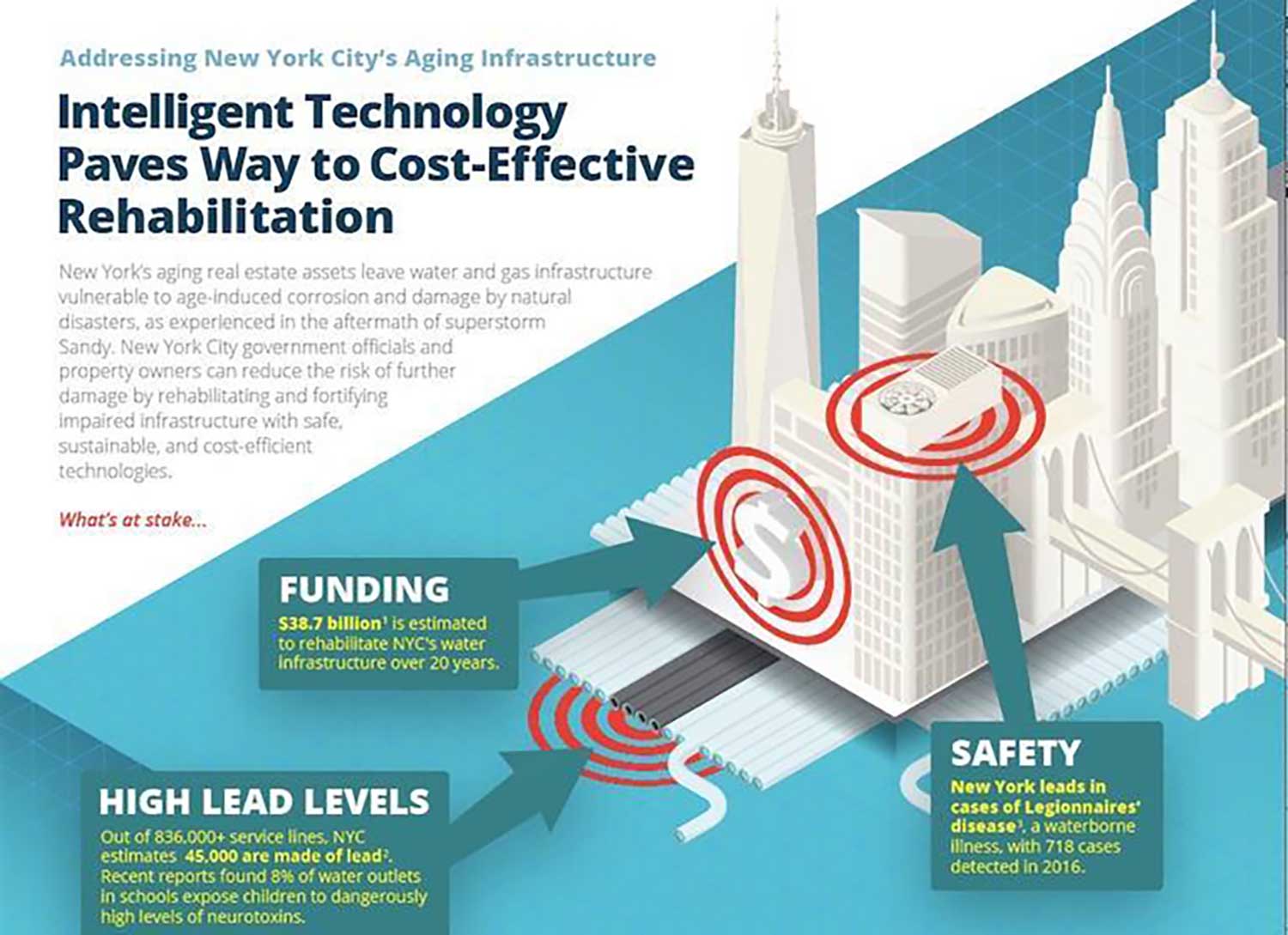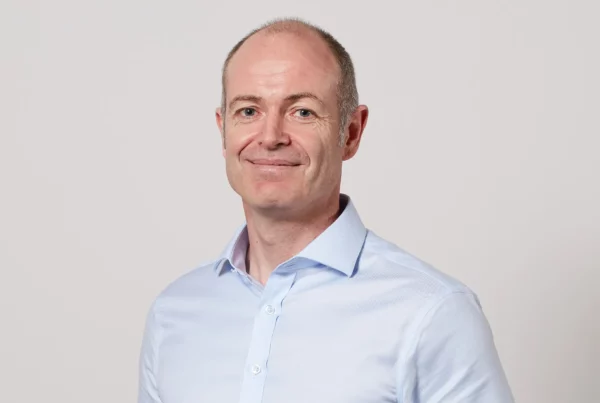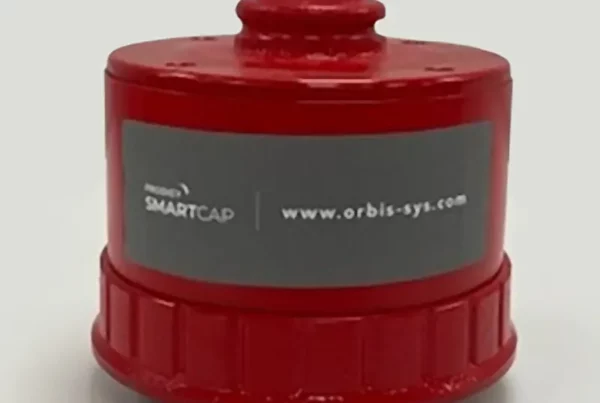Ask anyone who lives in New York City, New Jersey or any of the twelve states affected by Hurricane Sandy back in 2012 and they will likely have a painful story about how the superstorm impacted their family along with their friends and neighbours. The economic estimates pegged the storm at $65 billion in damages.[1] The human toll was far greater, as families lost loved ones, homes and heirlooms were destroyed, and businesses both large and small were decimated. And, what many people don’t realise about the devastation is how much of the flooding in the aftermath of the storm could have been prevented with modern drain rehabilitation.
The economic estimates pegged the storm at $65 billion in damages
As climate change continues to impact cities and communities everywhere in the world, weather trends strongly suggest that superstorms such as Sandy will only get worse. While technology has not come up with a solution to prevent the next superstorm there are things we can to do to make our own homes, businesses, cities, counties, and country more resilient.
In the New York City metro area, this could not be more urgent. Hurricane season is around the corner, and much of the Big Apple’s residential and commercial structures have not been updated or fortified for 100 years or longer.
As New York Congressman Paul Tonko put it to the Associated Press, “We trade in our cellphones after one year. We trade in TVs because we want a bigger screen. But we’re content to live with more-than-100-year-old pipes.”[2]
The Center for an Urban Future estimates that 15% of city water mains are more than 100 years old.[3] The average age of city water mains is 69 years old. The average NYC sewer main is 84-years old.
While investment will be required for upgrading the city’s infrastructure, there is also a cost of inaction. For example, an estimated 20% of the city’s treated water leaks out of decaying city pipes before ever reaching homes and businesses.[4] Meanwhile, the City is forced to address hundreds of water main breaks every year, most on an emergency basis driving up costs even further.
Adding insult to injury, New York City has the unfortunate distinction of being the nation’s leader in Legionnaires’ disease, a water born illness. Water safety has become a serious issue as it’s estimated that the City has 45,000 lead pipes and recent reporting indicates that 8% of water outlets in schools expose children to dangerously high levels of neurotoxins.5, 6
If water safety alone was not reason enough to act, there is also the perilous impact of future superstorms, caused by our planet’s changing climate. The fact of the matter is that inaction becomes even more costly when major storm events strike. We don’t need to look any further back into history than the recent subway delays and the flooding at JFK International Airport in the aftermath of the winter’s Bomb Cyclone as a reminder.

It has been estimated that successfully upgrading New York City’s water infrastructure would cost around $38.7 billion over a period of two decades. While that much money is competing with other City priorities, it is a bargain considering the damage caused by even one superstorm, in terms of incremental dollars that will have to be spent, property destruction, lost worker productivity, and most importantly lives lost.
It is clear that public and private players need to come together today or be faced to make far tougher choices after the next storm hits. This will mean making investments, forming new public-private partnerships, and removing some of the outdated, draconian, and red-tape regulations that prevent the City from embracing newer technologies including rehabilitation and trenchless solutions. A good place to start would be to team up with environmental groups like Riverkeeper.org and Weact.org, two New York City based organizations dedicated to improving water infrastructure.
Aquam, the company I lead, is working with cities, utilities, businesses, schools and other organizations to upgrade their aging infrastructure. Together with public and private partners, we’re rehabilitating storm drains, conducting major pipe relining projects and making their assets more resilient.
In St. Louis Park, Minnesota, for example, the community has come together to replace sewer and water main infrastructure with a targeted, data-driven approach. Using sophisticated pipe diagnostics equipment, the City identifies sections of piping that are more than 50 years old, have had more than five breaks, or are otherwise at risk and prioritizes them for replacement. On average, the city is intelligently and selectively replacing about two miles of water mains and roughly three miles of sanitary sewer lines per year.
While New York City poses challenges of a much larger scale, that’s all the more reason to take advantage of the City’s strong tradition of data-driven governance, public-private partnerships, and ingenuity. There is no reason why New York City can’t set an example for other cities and make groundbreaking progress before the next superstorm touches ground.
Dan Squiller is CEO, Aquam








